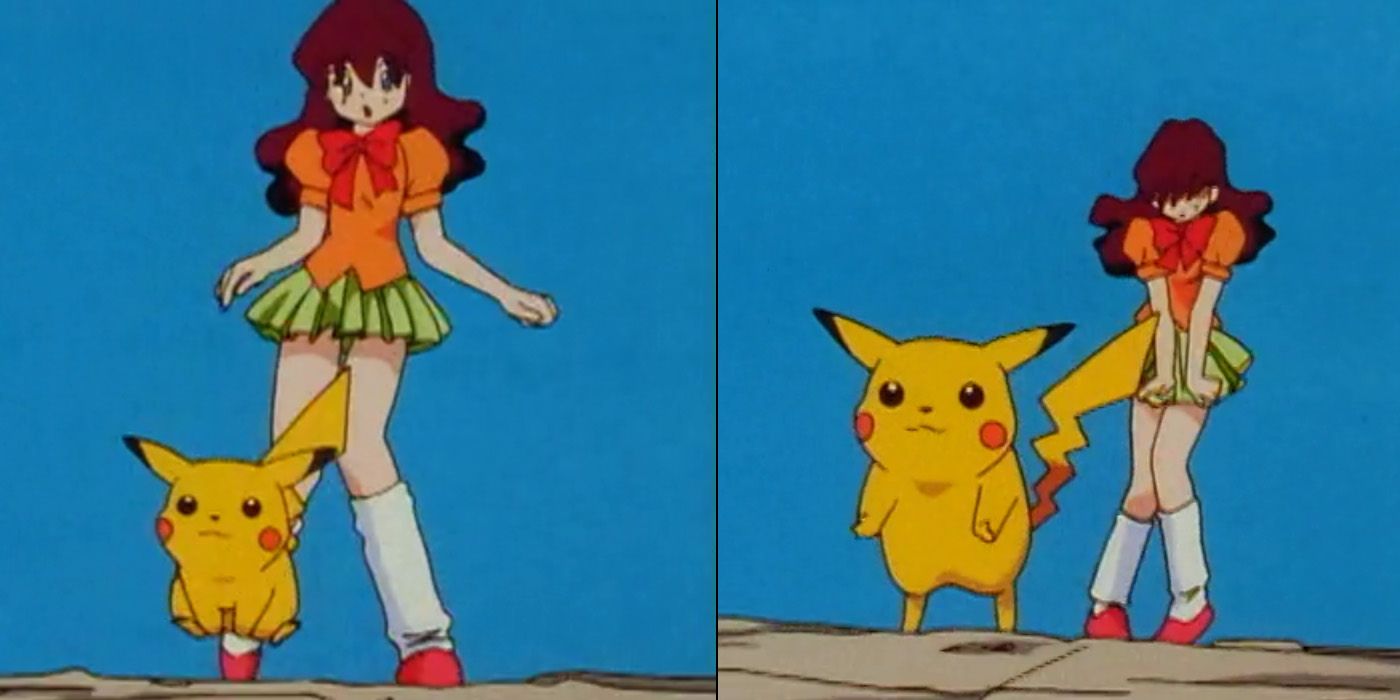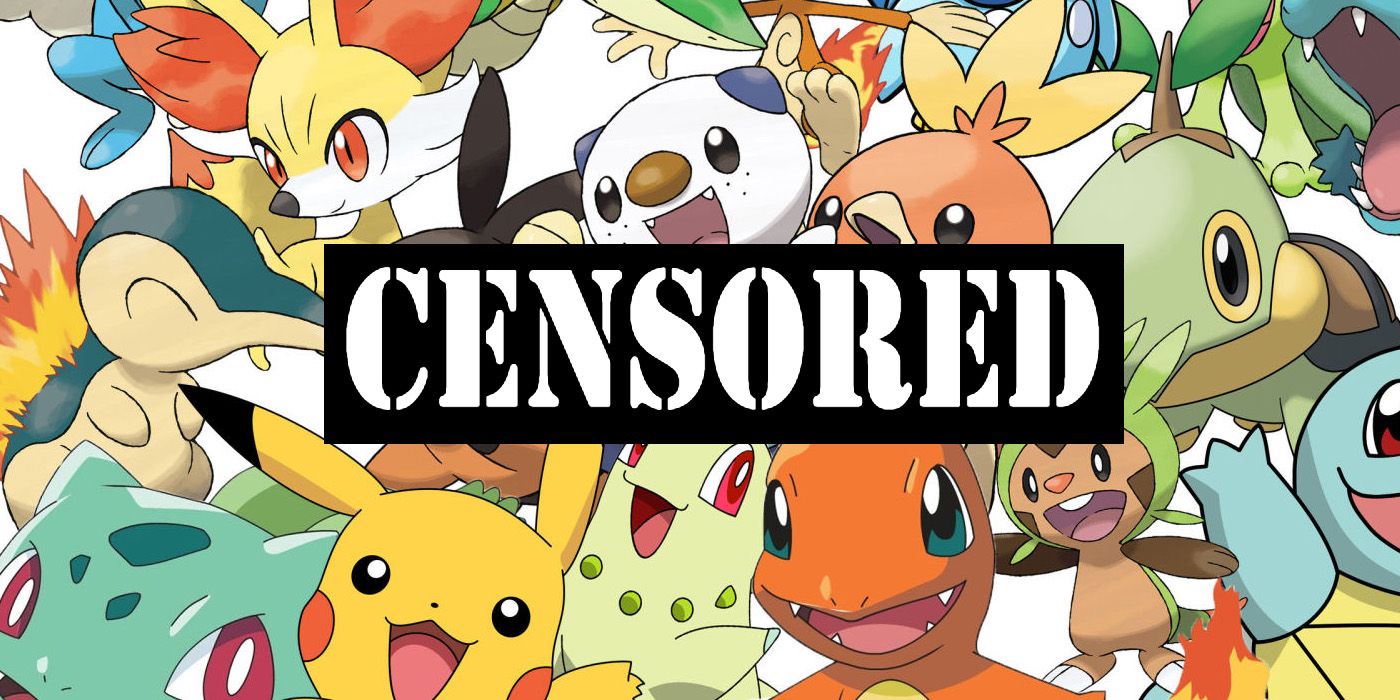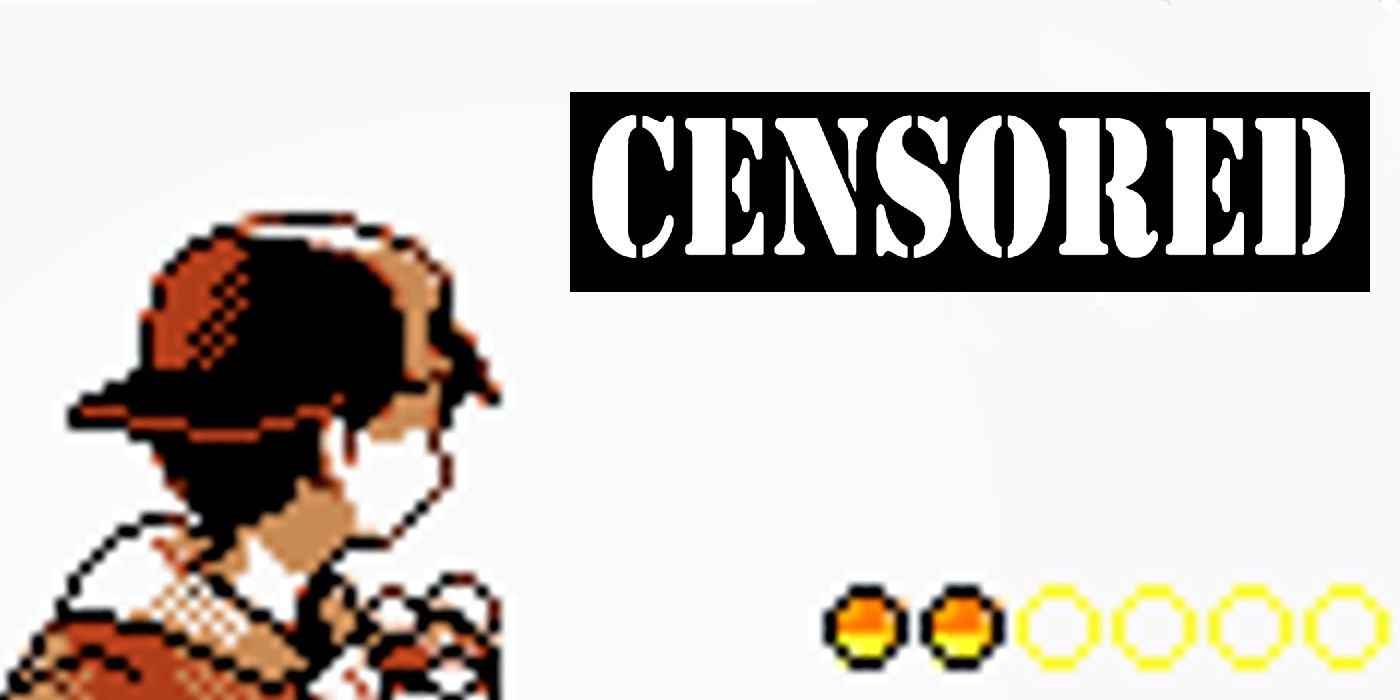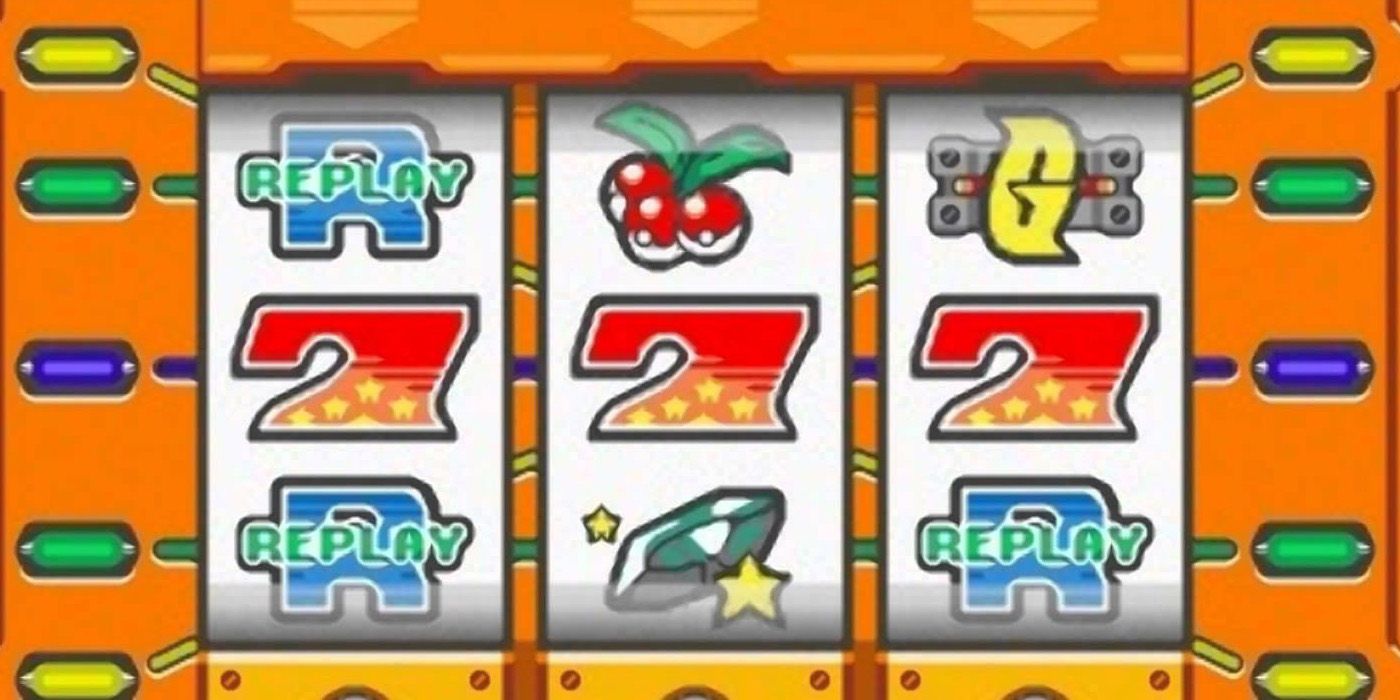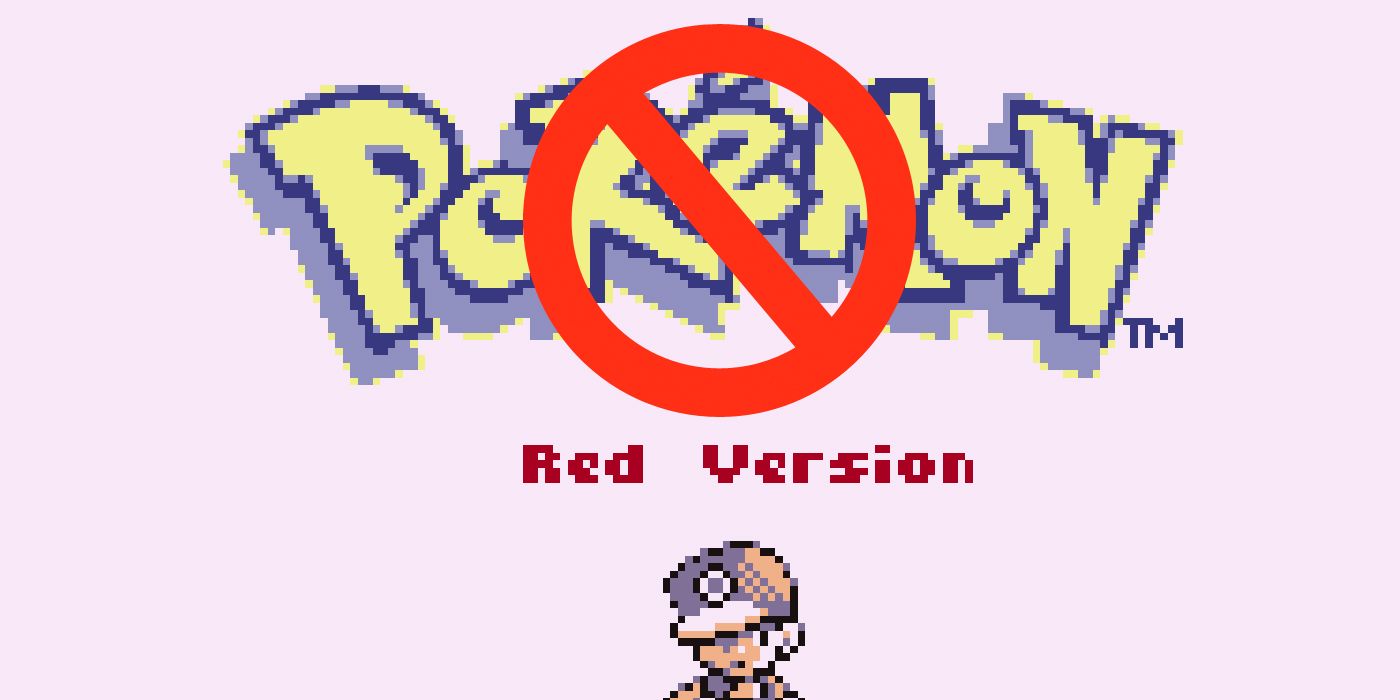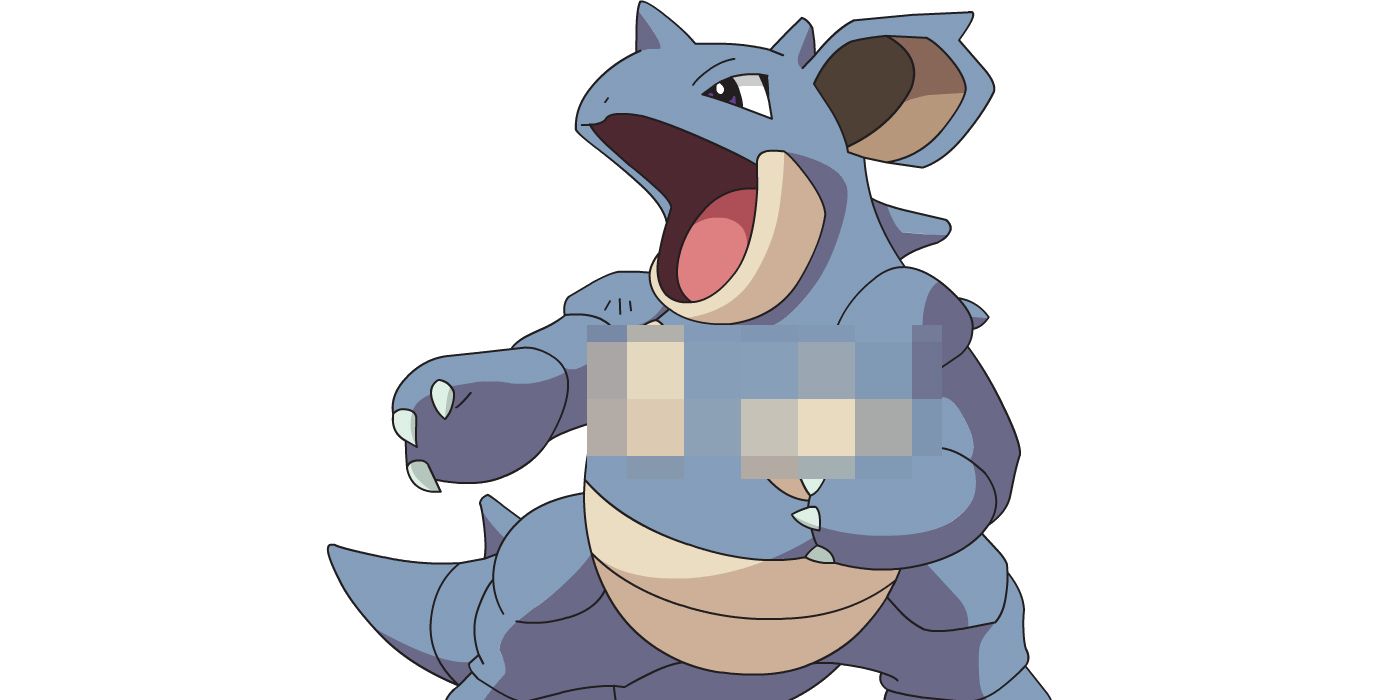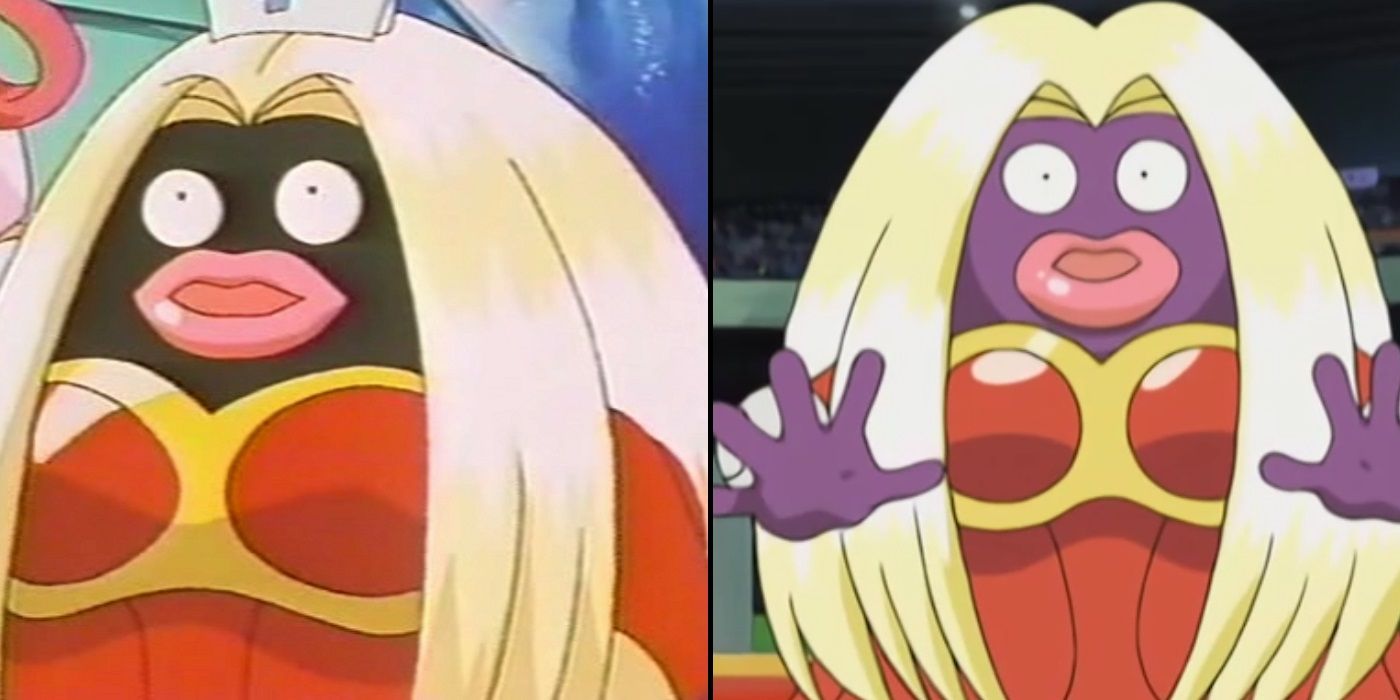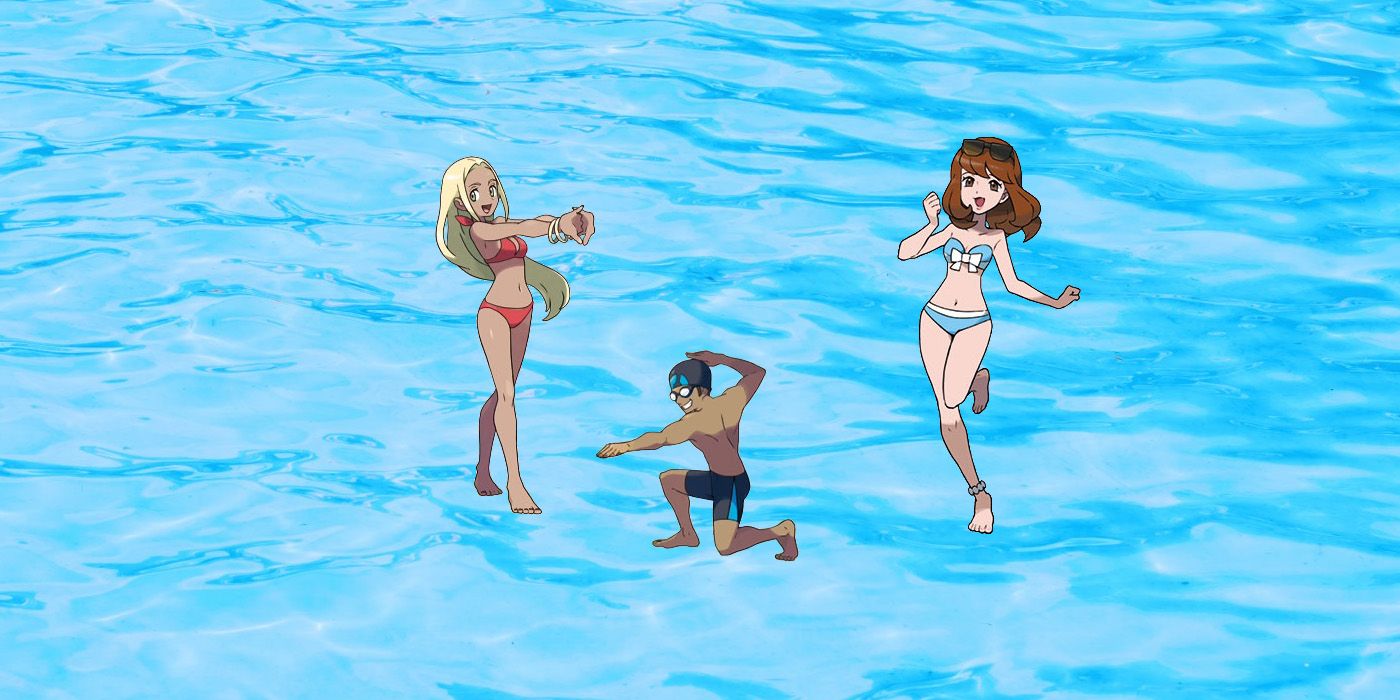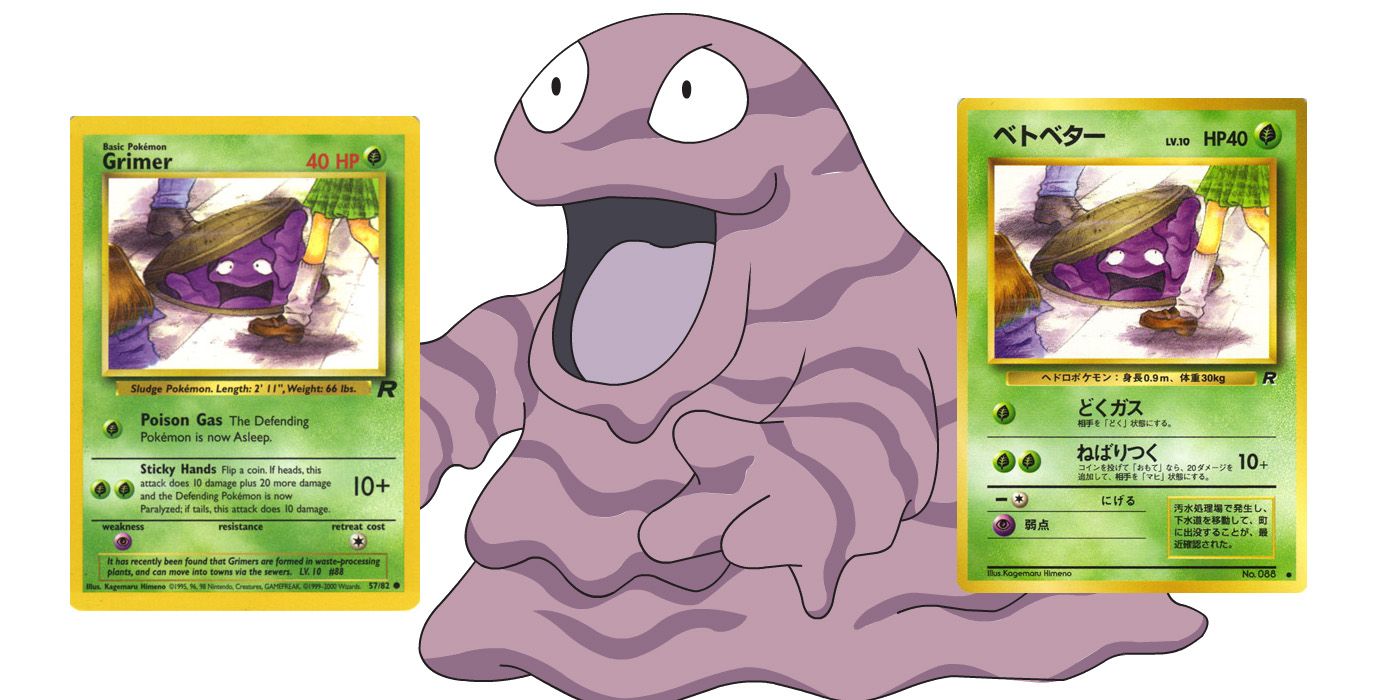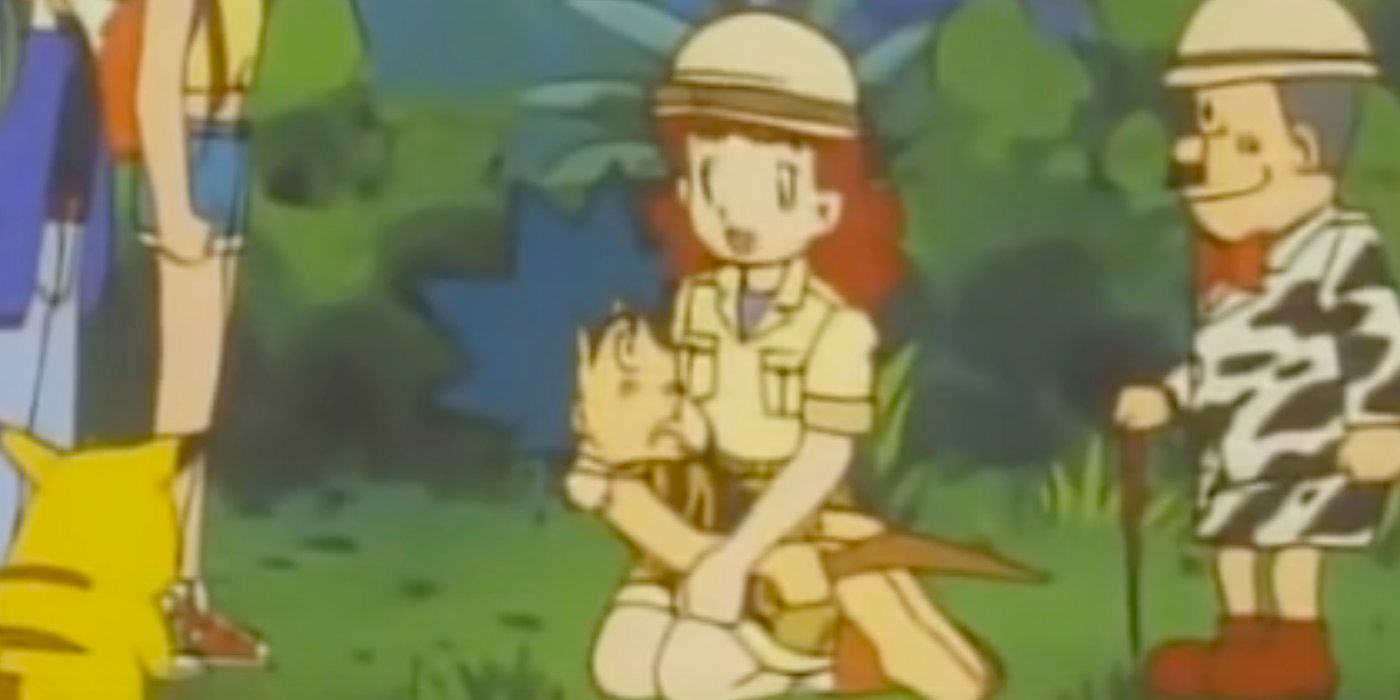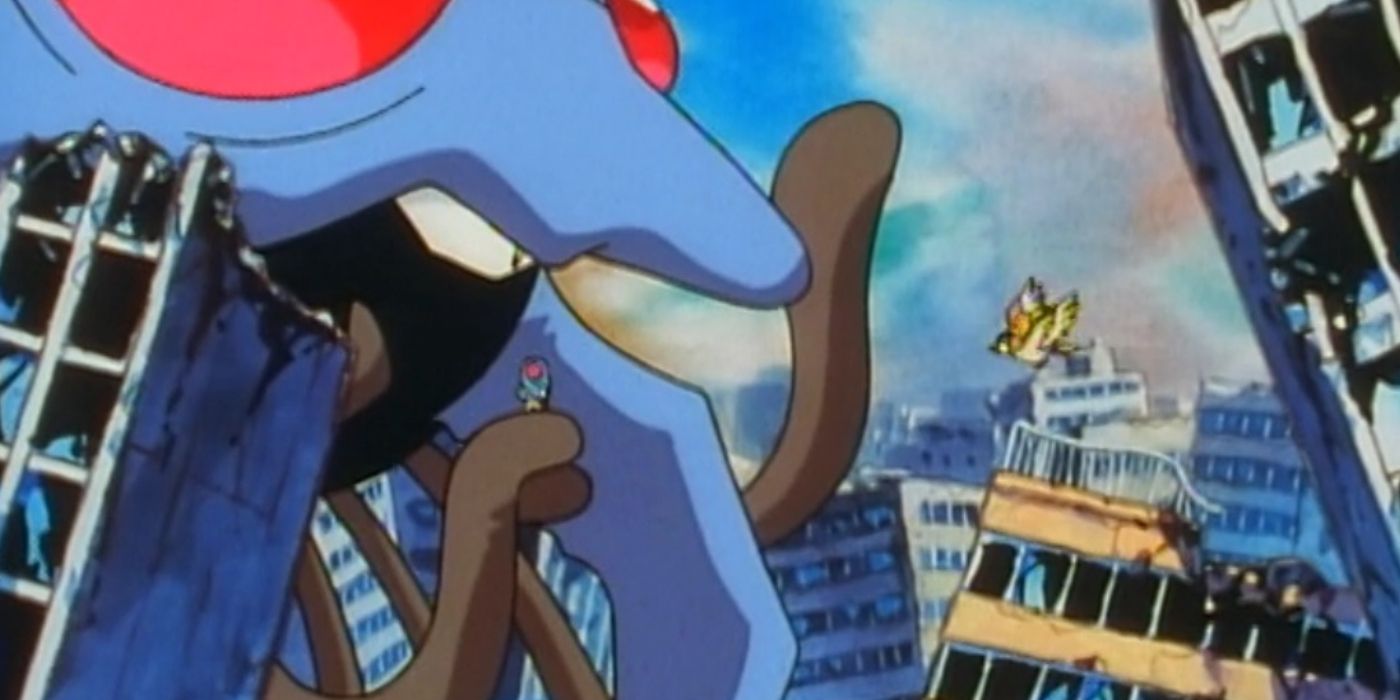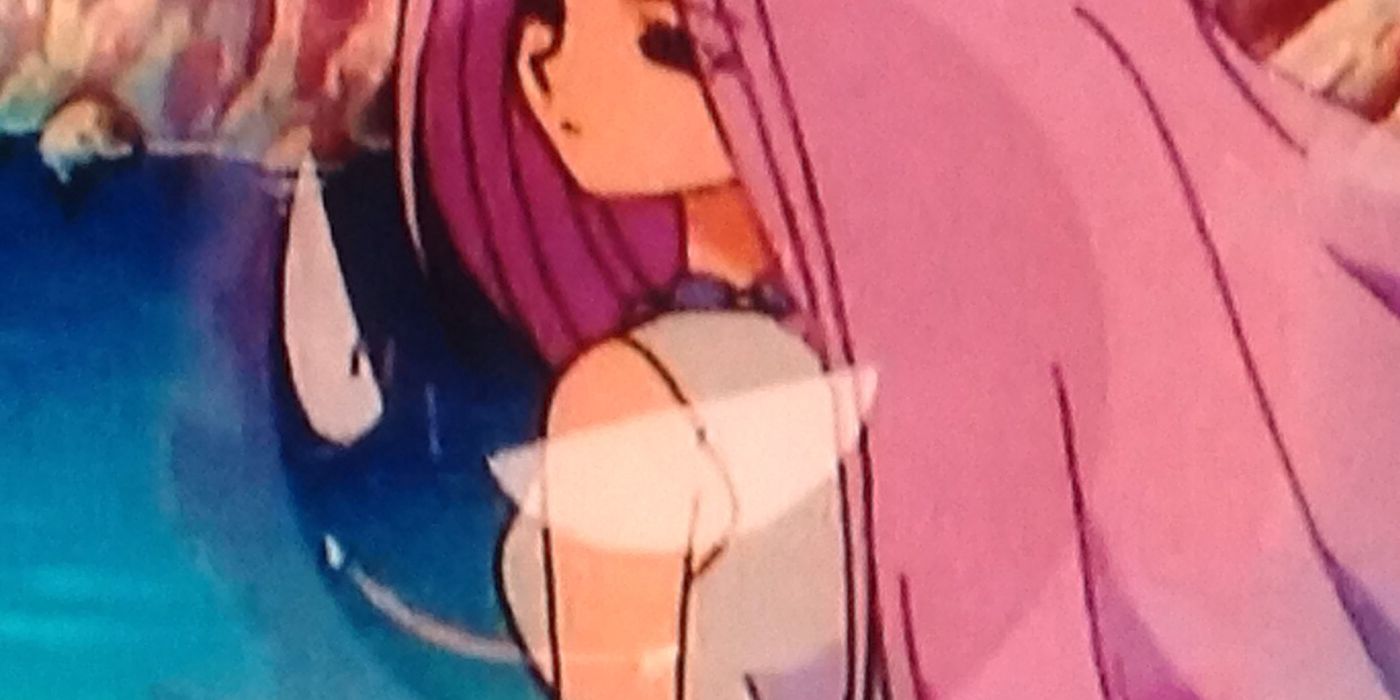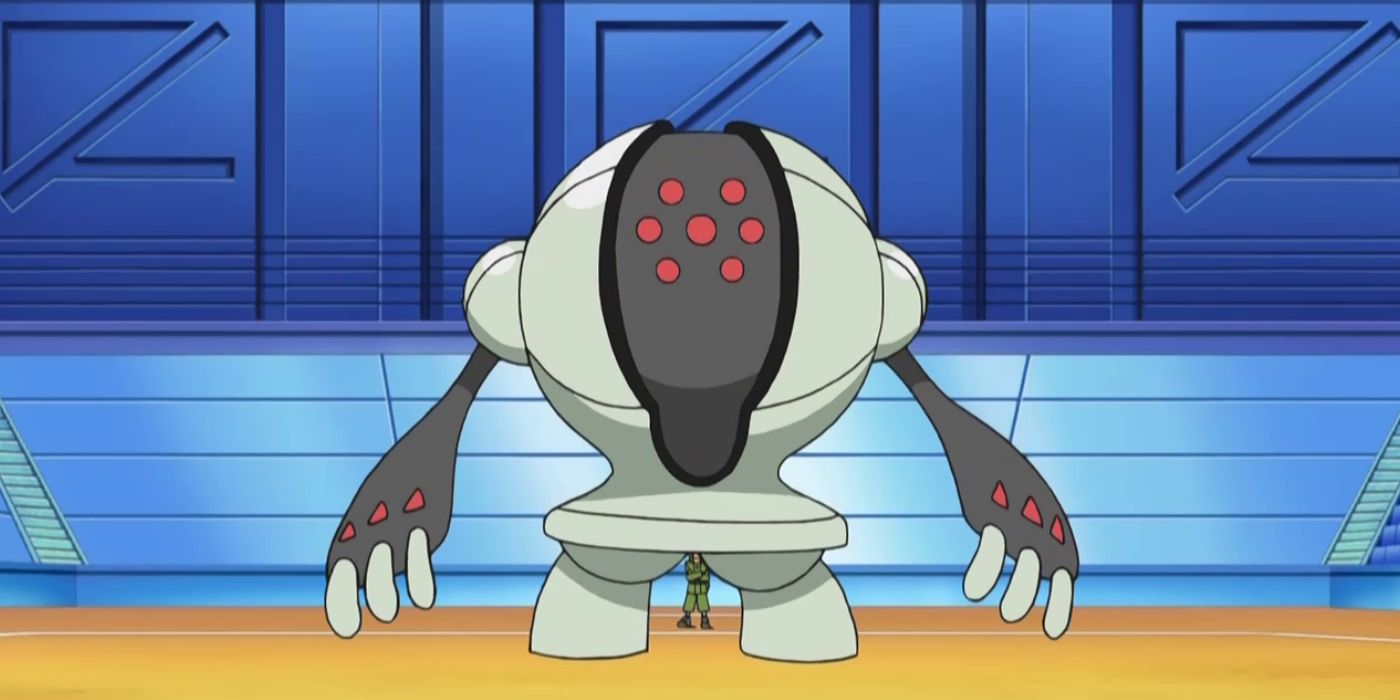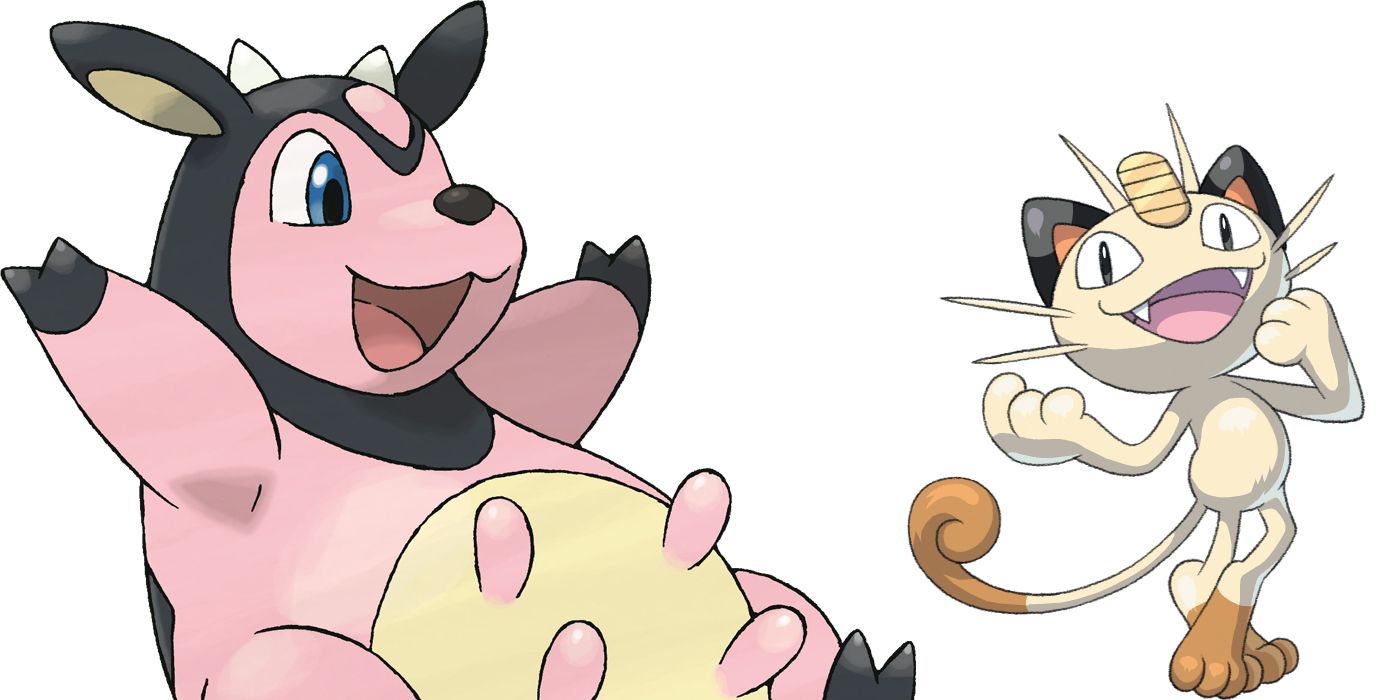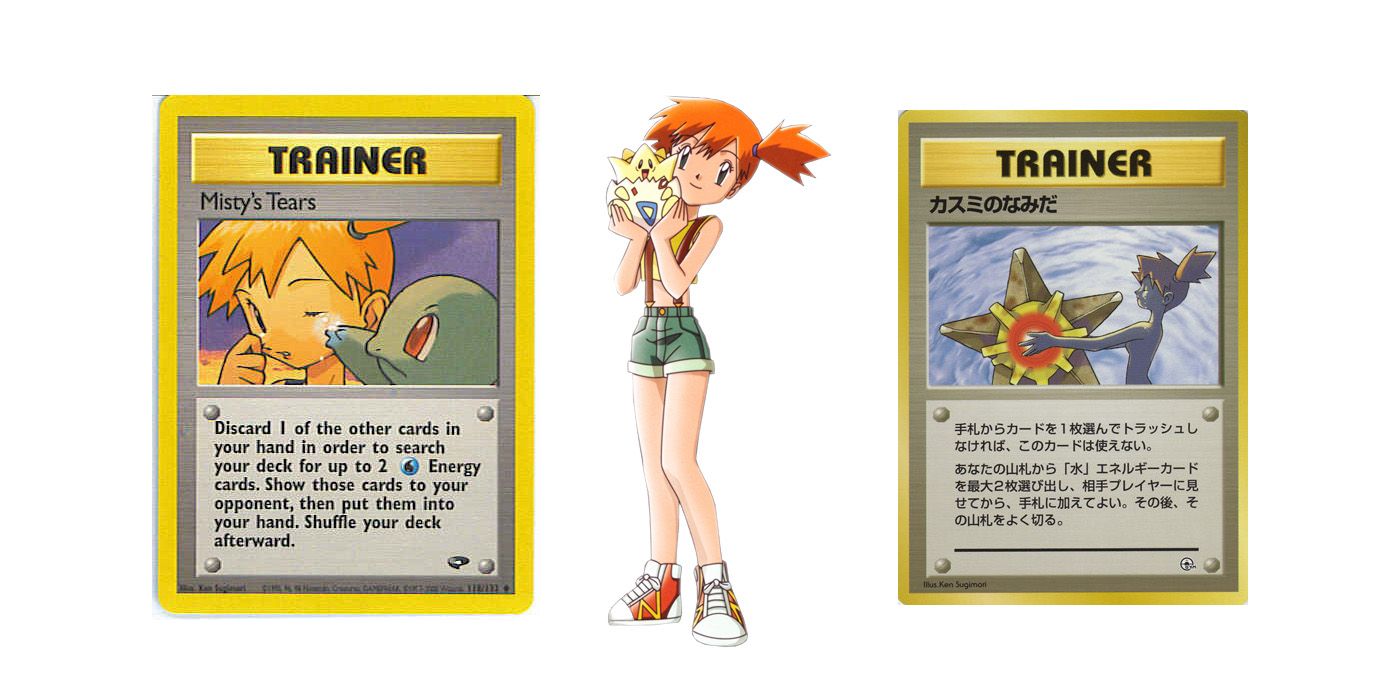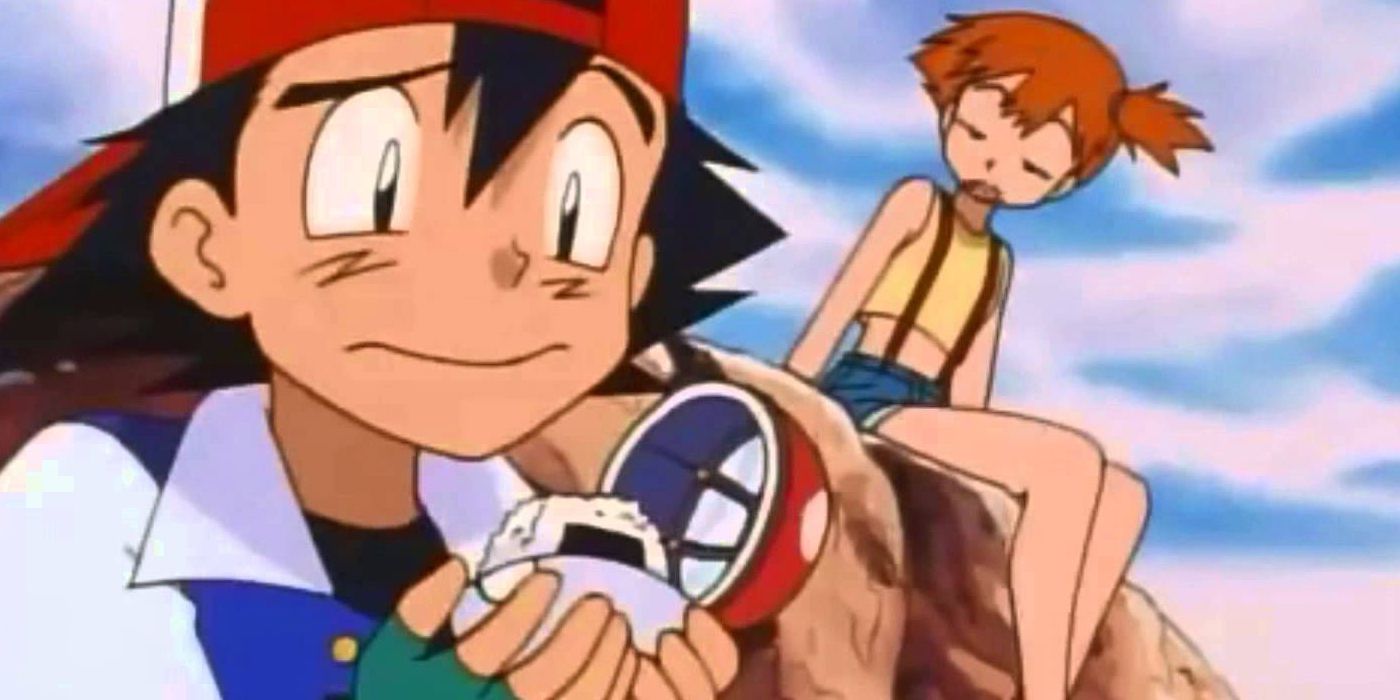The wide-spread ramifications of the success of the Pokémon anime cannot be understated. The Pokémon franchise helped bring the Japanese aesthetic into mainstream culture. If it weren't for Pokémon, would we have ever gotten series like Dragon Ball Z or Yu-Gi-Oh? The success of the Pokémon games (coupled with the arrival of Final Fantasy VII around the same time) helped popularize JRPGs in the West. A lot of the media we consume today owes a great deal to Pikachu and his pals coming over from Japan.
That's not to say that the journey was always easy. When the Pokémon anime was being developed, there were no plans to bring it overseas. It took the huge success of the franchise back home to convince Nintendo and Game Freak to take a chance in other countries. This meant that the Pokémon anime would have to undergo some severe censoring in order to be shown on American television.
It wasn't just the Pokémon cartoon that needed editing. Almost every aspect of the franchise has had to be changed in some way or another, in order to avoid controversy. We are here today to reveal all of the things that Nintendo never wanted your poor gaijin eyes to see. From the start of the very first Pokémon episode, to 4Kids never ending hatred of rice. Here are 15 Ways Pokémon Was Censored In America.
15. That Girl's Skirt
Let's start at the beginning.
Pokémon began with the video games in Japan. Originally there was Pokémon Red & Green, with Pokémon Blue being an updated re-release that came later. Blue formed the basis for the English language versions of the game. The success of these led to the creation of the animated series.
When Pokémon was first released in the West, the anime came first, followed by the video games. Each episode began with the beloved Pokémon intro, and the show's theme song.
The intro of Pokémon was composed almost entirely of clips from later episodes. As the first season drew to a close, fans all asked the same question. Who is that girl in the orange top who appears just before the "a heart so trrrruuuueeeee" line?
This was the first piece of Pokémon censorship. In the original Japanese theme song, "Aim to Be a Pokémon Master", one of the opening lyrics relates to that girl.
"(I'll get you, Pokémon!)
Even if in fire, in water, in grass, in forests In ground, in clouds, in that girl's skirt (eek!)"
The theme song is implying that Ash will catch all of the Pokémon, including any that may or not be hiding in that girl's skirt.
14. The Gold & Silver Edits
Pokémon Gold & Silver are some of the most beloved games in the franchise. The original games in the series were, to put it kindly, a total mess. Pokémon Red & Blue are notoriously filled with bugs and glitches. The competitive scene was horribly unbalanced, due to the dominance of Psychic-type Pokémon, and the strength of moves that increased evasion (Double Team and Minimise). When creating the sequels, Game Freak wanted to make up for the mistakes of the past. This is why Pokémon Gold & Silver had so much more content in comparison to the other games in the series.
Due to all of the extra features, Pokémon Gold & Silver took a lot longer to develop than originally planned, and did not come out until 1999 in Japan. The wait was even longer for Western fans, as the game came out a year later in America (and Europe had to wait another six months after that). When the games were finally released, it was revealed that several edits were made to character sprites.
In the international versions of Pokémon Gold & Silver, the Beauty Trainer class had their shorts lengthened. The Female Swimmer no longer winks at you. The Fisherman used to have a cigarette in his mouth. Edits were also made to downplay religious elements, as the Sage no longer prays, and the Medium no longer holds a set of prayer beads.
13. Europe Hates Gambling
The first four generations of Pokémon games all had a Game Corner somewhere in the world. The Game Corner is a kind of arcade, filled with slot machines and other games of chance. These games allowed you to bet coins in order to win more, and trade those coins for rare prizes and Pokémon.
In Pokémon Red & Blue, the Celadon City Game Corner was an integral part of the plot, as it was a front for a Team Rocket base. The Game Corners that appeared in later games had nothing to do with the story, and were just venues for the player to engage in some gambling fun.
The Game Corners were written out of the series, starting with certain versions of Pokémon Platinum. This is because the Pokémon games had caught the attention of PEGI (Pan European Game Information), and were being accused of introducing gambling to children. In order to avoid having to create multiple versions of each game, the Game Corner was written out of all versions of Pokémon, starting with Black & White. They have been replaced with similar facilities in later Pokémon titles, where games of chance have been replaced with games of skill.
12. The Red & Blue Attack Edits
Even before the Pokémon franchise was being planned for release in America, the series had made international news over a backlash that occurred due to an episode of the anime. "Electric Soldier Porygon" is infamous for a brief sequence where an attack by Pikachu caused a sequence of flashing red and blue colours. This sequence sent numerous children in Japan into an epileptic seizure, and got Nintendo and Game Freak into a lot of trouble.
"Electric Soldier Porygon" was never shown again. Some of the English voice cast have claimed that it was dubbed for an intended Western release (with the flashing scene removed), but if that is true, then it has never surfaced anywhere.
The backlash over the episode led to changes within the Pokémon video games. When Pokémon Red & Blue was being localized, several of the moves in the game had their animation changed. Thunderbolt, Hyper Beam, and Body Slam originally made the screen flash black and white in rapid succession. These effects were heavily toned down in the international versions of the game.
11. Nidoqueen Shakes It Like A Polaroid Picture
At the time of the release of Pokémon Red & Blue on the Game Boy, the other big Nintendo console was the N64. This led fans to believe that we would get a full console Pokémon RPG at some point. While that has yet to happen, the N64 did see several 3D Pokémon games, with the Pokémon Stadium series.
The game we know as Pokémon Stadium is actually the second one in the series. The original Pokémon Stadium game only featured 42 different playable Pokémon. Nintendo decided to skip this game, and released Pokémon Stadium 2 as the first game in the series in the West, as it featured all 151 original Pokémon.
Pokémon Stadium underwent a bizarre, but necessary piece of censorship when being brought overseas. In the original Japanese version of the game, when Nidoqueen was sent out into the field, she would grab and jostle her breasts. Her idle animation shows her doing the same thing. Was this included as a piece of titillation for people who have a dinosaur fetish? Yes. Yes it was.
10. The Jynx Situation
Pokémon Red, Blue, and Yellow were recently released on the Nintendo 3DS handheld console. Game Freak did an amazing job of finding a way to allow the 3DS to emulate the Link Cable through the use of wireless communication. Outside of this change, almost nothing was done to the actual games themselves. All of the glitches remain, so you can still catch Mew and Missingno if you want to. The Game Corner still exists, even though it meant increasing the age rating of the games to '12' in Europe.
One thing had to be edited, however. In Pokémon Yellow, the graphics for Jynx needed to be changed.
The origins of a lot of Pokémon are obvious. For example, Rattata is based on a rat and Moltres is based on a Phoenix. The Pokémon can be based on anything from real life animals, to technology, to beings from Mythology. When it comes to Jynx, the origins are not so clear, but may have been inspired by the Japanese "ganguro" fashion style. Jynx's original appearance depicted it with black skin and large lips which led to many complaints that the design resembled a racist caricature of a black person. The backlash was so strong that Jynx's design was changed in later games, so that it had purple skin, and smaller lips. Episodes that depict the old Jynx design have been banned from being shown.
9. Censoring The Speedo
Despite being enjoyed by fans of all ages, the Pokémon franchise is primarily intended for children. This is why Ash has yet to win a Pokémon League tournament, and why the show does not progress the story with each season. The show is aimed at children, and the story was made cyclical in order to accommodate a new audience each year. Ash will travel to a new region with Pikachu and catch a team made up of Pokémon from the new games. He will defeat the eight Gym leaders, while also fighting off Team Rocket. He will have a respectable showing at the local Pokémon League tournament, but will ultimately lose, and journey to the next region... where the cycle begins anew.
It is due to skewing so young, that the Pokémon franchise has rarely had to censor sexual content. This most commonly happens in regards to revealing outfits. As seen in the Pokémon Gold & Silver entry above, some of the games lengthened the clothes of some of the female characters.
While it is mainly girl's outfits that needed altering, there is one occasion where it happened to the men. The Male Swimmer Trainer class used to wear a small speedo in the older games. In the international versions of Pokémon Diamond, Pearl, Platinum, Heart Gold, and, Soul Silver, the speedo was changed into a pair of shorts. This change was made into all versions, starting with Pokémon Black & White. This is odd, because the Female Swimmers are wearing outfits that are just as revealing, but they have not been touched.
8. Grimer Is Filthy
Along with the Pokémon anime and video games, there exists a popular Pokémon card game. The Pokémon Trading Card Game has existed since 1996 in Japan, and continues to thrive with new expansions to this day.
Throughout the existence of the Pokémon Trading Card Game, several of the cards have undergone censorship. In one of the early sets, there was a card based upon Koga. In Pokémon Red & Blue, Koga was a ninja, who also happened to be a powerful Gym leader. In Pokémon Gold & Silver, he has risen in rank, and joined the Johto Elite Four. His card featured a "Manji", the Buddhist symbol that acted as the inspiration for the Swastika. This had to be edited for the Western release of the card.
Koga was not the only character to have his card censored. The Team Rocket expansion of the Pokémon Trading Card Game featured a new version of Grimer. In the artwork on the card, Grimer is climbing out of the sewers. In the original Japanese version of this card, his eyes are placed so that it looks like he is looking up a passing girl's skirt (possibly for new Pokémon, if the Japanese theme is to be believed). This card was altered in the West, so that Grimer is looking forward, instead of up.
7. Kangaskhan Milk
It has been established in the Pokémon anime that Ash Ketchum is 10 years old. Twenty years later, he is still 10 years old. What a lucky guy.
When it comes to his companions, it was established that Brock is 15 (which explains why he is such a horndog), and that Misty is 10. If Ash has kept his age, then we can presume that Brock and Misty have as well.
Someone needs to remind Japan that Misty is 10 years old, as several attempts were made to sexualize her in the Pokémon franchise. We will get to a more extreme example later on in this list, but for now, we will talk about a cut scene from the anime that involves Misty's breasts.
In the episode "The Kangaskhan Kid", Ash and his friends encounter a young boy who has been raised by wild Kangaskhan. The story is meant to be a take on classic books with a similar tale, like Tarzan, or the Jungle Book.
During a scene in the episode, the eponymous kid notices Misty's breasts. He asks if he can suck milk from them, while the camera does a slow zoom on her chest. This earns him a smack from Misty. In the English dub, this was changed to the kid asking if they are people or Pokémon. Misty takes offence to this for some reason, and smacks him.
6. Tentacruel Cannot Melt Steel-Type Pokémon
The events of September 11th, 2001, led to a period of censorship across all forms of media to scenes that superficially resembled the terrorist attacks in New York City. A Simpsons episode featuring the World Trade Center was taken out of rotation for many years. When it was finally shown again, several scenes involving the towers were taken out, even on the latest home releases. The second Spider-Man game on the PlayStation had to be delayed, and its ending changed, due to the final battle against Electro taking place on top of the World Trade Center.
Pokémon had several episodes removed from rotation, as a response to the attacks. The episode "The Tower of Terror" was banned for several years because of its name alone. The episode featured Ash travelling to Lavender Town, in order to catch a Ghost-type Pokémon so that he could win his rematch against Sabrina and her Psychic-type Gym. There was no offensive content in the episode at all.
The episode "Tentacool & Tentacruel" was also banned for several years. This was due to several scenes that showed a giant Tentacruel destroying buildings (including a skyscraper). What made this banning odd was the fact that several scenes from this episode appeared in the show's opening (including Tentacruel smashing a building), but they were left in.
5. Ghost Stickers
A common edit seen in all of the shows dubbed by 4Kids (Dragon Ball Z, Yu-Gi-Oh, One Piece, etc) was the removal of Japanese text. If a sign post, or a written message appeared in the Japanese language, then 4Kids saw it as their sacred duty to shoddily edit over them, and possible include some shaky English text over it.
Japan has a lot of cultural references that would make no sense to an outsider. This complicates matters when the localization team changes the setting from Japan to America (like they did with Yu-Gi-Oh and Phoenix Wright). There are two ways the localizers can go about this, they can either go full weeaboo, and present the Japanese stuff in its original context, and hope the audience gets it, or they can just make something up, and hope that it isn't too stupid.
The Pokémon anime chose the latter option.
In the episode "The Ghost of Maiden's Peak", a town is being haunted by a Gastly. In the original Japanese version of the episode, an old lady sells the main characters some o-fuda in order to protect them from the ghost. O-fuda are a form of Shinto talisman that are commonplace in Japan. They are hung in people's homes, in order to protect them from evil spirits. In the English dub, these talismans were changed into "anti-ghost stickers", which do not exist in real life. That was the best thing that the paid people at 4Kids could come up with.
4. Nazi Regalia
As previously mentioned, symbols that resemble the Swastika have been edited out of Pokémon media in the past. This was due to cultural differences, as the symbol of the Manji appears in many Japanese manga, anime, and video games. The Manji is meant to be a symbol of harmony, and is no way intended to evoke anything to do with the Nazi Party.
Outside of the misunderstanding with the Manji, the Pokémon series has had other problems with potential Nazi imagery, and was forced to censor them.
In Pokémon Diamond & Pearl, the Pokémon Registeel had its sprite changed in certain European versions of the game. This is because he has his left arm held up in a manner identical to the Nazi salute.
The Nazi salute also needed editing out of the anime. In the episode "All Things Bright and Beautifly!", a scene involving Team Rocket needed to be censored. In the original Japanese episode, Jessie, James, Meowth, and a group of Team Rocket grunts all did a salute similar to the one done by the Nazis. This was changed in the English version, to Jessie holding two arms up, James' arm being lowered, and the Team Rocket grunts keeping their arms at their sides. Meowth was left unaltered for some reason.
3. Meowth Loves Milk
This might be the most baffling edit done to any episode of the Pokémon anime.
It is only natural that editing would be done to a show when it goes overseas, no matter how innocent its content may seem. Peppa Pig, a British cartoon intended for infants, has had episodes banned in Australia. This was because the message of the episode was that you shouldn't be afraid of spiders. While this might be the case in the UK, this is not true in Australia, where the spiders will kill you (and probably eat you as well). Even the most innocent of things can cause a problem when introduced to another culture.
This does not explain why the Pokémon anime removed almost a minute of an episode, because it showed Meowth suckling milk from another Pokémon.
In the episode "Got Miltank?", both Meowth and Ash's Cyndaquil are wounded, and are lost in the desert. They are taken to a Miltank, who offers to heal them with her milk. This is a reference to one of Miltank's in-game healing moves, known as Milk Drink. The English dub of the episode removed 45 seconds of material, including a scene where both Meowth and Cyndaquil drink milk from Miltank's teats.
2. Misty's Naked Tears
As we pointed out earlier on this list, Misty is 10 years old. Could someone please alert Japan of this fact.
The Pokémon Trading Card Game has had many alterations over the years. Most of these happened in the early days of the game, and sensitivity issues generally do not come up in the modern releases. With all that being said, the Pokémon Trading Card Game had one of the most problematic images that ever needed changing in the whole franchise.
One of the expansions for the Pokémon Trading Card Game was called "Gym Challenges". The new cards involved the Kanto Gym leaders. These included their signature Pokémon, their Gyms, and the Gym leaders themselves as Trainer cards.
One of Misty's cards was called "Misty's Tears". This allowed you to search for two Water Energy cards. The Western version of the card showed a crying Misty being consoled by a Squirtle. The original Japanese version of the card depicted a naked, crying Misty. She appears to be underwater, and holding her Starmie.
Someone must have a sent an internal memo, reminding the makers of the game that a card with a naked 10 year old girl might cause some controversy outside of Japan.
1. 4Kids Hate Rice
What caused the people at 4Kids to hate rice so much? Did one of the executives watch his parents get gunned down in an alley by a giant ball of rice holding a pistol? Did a rice ball drop a bucket of pig's blood on a 4Kids producer at their prom?
Rice is a common food in Japan. One of the most popular food items you will see in a packed lunch over there is called onigiri. An onigiri is a ball of rice that is held together with a seaweed wrap. If you read a lot of manga, or watch a lot of anime, then chances are that have become familiar with onigiri.
During the original English dub of Pokémon, 4Kids Entertainment went on a holy mission to wipe out all references to rice in the show. Brock was forced to call several rice balls "delicious jelly donuts" in one of the earliest episodes.
In later episodes, 4Kids would go to great expense to edit over the onigiri, and turn it into sandwiches or hamburgers. A visual edit like this cannot be cheap, but 4Kids paid the price, and wiped the offensive rice balls from our television screens.

